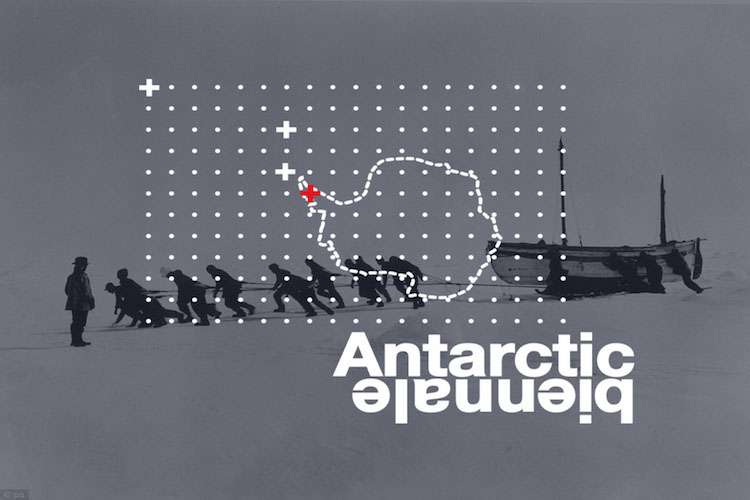Antarctic will serve as an inpiration for tens of artists, who will travel across the continent for 10 days and will create artworks in order to support the Earth preservation. They will set sail the coming 27th March.
Artists, thinkers and scientists of all branches and nationalities will be selected to live a unique experience to reflect and create. The organization, composed by names like Alexey Sokol, Tatiana Kourochkinaalexey, Veronika Giménez or Alena Ivanova-Johanson continue with the selection process of participants.
Inspired by the purity of a continent not much manipulated by man. The 1st Antarctic Biennale has a purpose beyond art: it aims to promote all kinds of activities and works that have meditated on the conservation of the continent and the world through a global development model which takes as its model the Antarctic utopia.


Barcelona was the place chosen by the organization for its presentation in Spain, last June 20th at the Maritime Museum. It is the city where in 1493, Christopher Columbus met the Catholic Monarchs after returning from the journey in which discovered the New World.
The Akademik Ioffe ship will leave the port of Ushuaia (Argentina) to navigate through different islands of the Antarctic Archipelago, reaching the Malvinas and crossing the Drake Passage. During the ten days of the journey, the ship will host various activities. Debate, art, philosophy, all with the aim that the visionaries from around the world who live there make their minds think. The results of these tasks and of the work of personal creation of each of the occupants will be exposed in the different ports that they visit during their trip.


The Antarctic Biennale was proposed by the multidisciplinary Russian artist Alexander Ponomarev in 2011. During his career he has made several raids and has organized artistic events on the Antarctic continent. In 2014, Ponomarev created the Antarctic Pavilion in Venice. A space dedicated to artists and architects for them to explore through its exhibits different present and future models of life on the continent. This year, during the Biennale of Architecture 2016, the Antarctic Pavilion presented the work of the architect Hani Rashid and the “Antarctopia” installation. Due to his idea of the Antarctic Pavilion, Alexander Ponomarev was included in the list of the top 100 Global Thinkers of Foreign Policy magazine (USA).

A sample of what we can find in the Antarctic Pavilion of the Biennale of Architecture 2016
Although it is a very ambitious project, the extreme conditions that proposes and the characteristics of participants, from different backgrounds and opinions, make the concept a success. Interdisciplinary, supranational and intercultural it has been designed as a community beyond stereotypes and external interferences. A blank canvas to imagine. For Nic Iljine, General Director of the State Hermitage Museum “the Antarctic Biennale is not just another art event. It is a utopian effort to let architects, writers and philosophers think about the last pure continent of this planet.”
All this experience is then collected in a documentary. In addition, the parts and facilities arising from the project will be transported to Argentina for museums worldwide to schedule exhibitions based on them until February 2019, when it is intended to celebrate the II Biennial of Antarctica.
Environmentalism, development and design come together in this project that aims to show the world the reality of a forgotten territory. All disciplines are invited to participate in this reality that goes through different opinions and viewpoints joined in collaboration. Hope comes this time from the hand of art, pretending to give visibility to this cause through beauty.
Traductor: Raquel Sánchez





